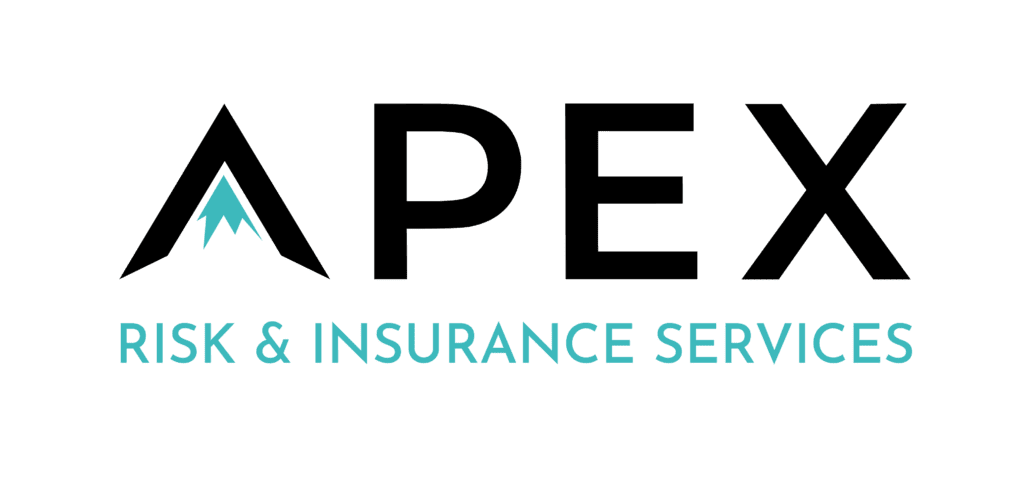Risk Assessment and Executive Protection
Risk Assessment plays a crucial role in Executive Protection. In order to protect someone, you need to be aware of the risks that are threatening them on a day-to-day basis. Unfortunately, it is one of the most overlooked areas for protecting high-profile executives.
As with many preventative measures, people don’t go through the effort of performing a thorough risk assessment for various reasons. This often includes a lack of resources and time, resistance to a change in lifestyle, complacency due to a current lack of threats, and not wanting to engage in something that appears complex from the outside.
In any business, you need to identify risks before you can mitigate them. It’s no different with protecting an executive. In this article, we’ll look at what risk assessment is, how to perform one the right way, and how the 7Ps can give close protectors the tools to keep executives safe from mental and physical harm.
What are the Five Types of Risk Assessment?
The five categories of risk assessment are often used together to create a comprehensive plan to mitigate risk.
A Qualitative Risk Assessment is an assessment that relies on the expertise and judgment of a professional to evaluate the potential and severity of a threat.
This evaluation is often used as an initial assessment because it’s quick and efficient. A gauge of risk is kept simple and often categorized as either low, medium, or high.
A Quantitative Risk Assessment uses numerical analysis to evaluate risk and is seen as a more objective way to assess potential threats.
This evaluation provides a more detailed and accurate assessment, but is more time-consuming and costly. Quantitative assessments present data in the form of risk matrices and heat maps.
A Generic Risk Assessment is similar to a Qualitative Assessment, in that it is often used as an initial template or outline before providing a more comprehensive evaluation. It covers common hazards and threats for an executive.
A Site-Specific Assessment is a complex evaluation of a specific location or environment an executive may be in.
If an executive is traveling to a new location, there should be a site-specific assessment to mitigate any potential threats. There should also be routine site-specific assessments for familiar environments, such as their home or place of work.
A Dynamic Risk Assessment is used to respond to changing environments and threats in the current moment. It requires skilled security workers that have the judgment and confidence to make decisions on the go.
The 5 Steps of Performing a Risk Assessment
Now that you know the different types of evaluations, you can move on to performing a risk assessment. This process has been broken down into five steps and is repeatedly used in a variety of industries.
Identify Hazards
In order to identify potential threats for an executive, you need to know them inside and out. Who they are, who they interact with, the locations they visit, and their personal history are all good starting points when searching for hazards.
Identifying patterns in their overall lifestyle will be crucial when gathering the information needed to identify risk.
Assess Risk
Once you’ve gathered information and identified potential hazards you can assess the level of risk. Qualitative and generic risk assessments are good starting points, but to get the most accurate level of risk severity you need to use quantitative, dynamic, and site-specific evaluations.
Control Risk
Now that you know the severity of the risks identified, you can put controls in place to reduce the possibility of harm to an executive.
These controls may include:
- Regular risk assessments to stay on top of changing environments.
- Developing a comprehensive security plan.
- Screening and background checks for all people close to the executive.
- Physical security measures such as bodyguards, secure transportation, and technological security.
- Effective and regular communication between the executive and security team.
Record
Following the control phase, you need to record all data collected and created.
Documenting potential threats in the identifying hazards step can help develop a proper security plan in the present and future. Proper documentation can also lead to improving procedures by identifying trends and patterns in the executive’s life. And lastly, documentation provides evidence that the security team did their due diligence when protecting the executive.
Review Controls
The final step is making sure the controls you’ve put in place are mitigating risk for the executive. Constantly assessing risks to make sure your controls aren’t becoming ineffective is one of the most important things you can do to ensure safety.
7 Ps of Close Protection
Close protection and executive protection are often seen as interchangeable terms. However, executive protection refers to an overall system while close protection specifically refers to bodyguards and security officers that stay close to the executive.
When it comes to close protection, the most valuable component is that the security team knows its client well. A set of guidelines that are commonly used for a team to know their client is the 7 Ps.
These include:
- People: Close relationships with the executive such as partners, family, and friends.
- Places: All locations the executive frequently visits.
- Personality: Understanding the executive’s behavior and how it may increase or decrease risk.
- Prejudices: Personal prejudices can escalate situations or cause the executive to act in an irrational manner, thus putting themselves at risk.
- Personal History: An extensive list that may include family background, education, career, and achievements. Usually, anything outside of the other categories falls here.
- Political/Religious views: These beliefs can be highly polarizing. Knowing the executive’s beliefs can help determine risk depending on the surrounding location and environment.
- Private Lifestyle: If the executive is in the public eye, they may do things they don’t want the public to know. Being informed of what these things are can help you protect the information from getting out.
The 7 Ps allow security teams to properly assess risk for their client and create a thorough security plan accordingly.
Want to Learn More?
Apex brings the high-touch service proposition back to San Diego businesses and beyond.
At Apex Risk & Insurance Services, we want you to know and understand your options. We prioritize transparency and provide custom solutions to meet your insurance needs.










